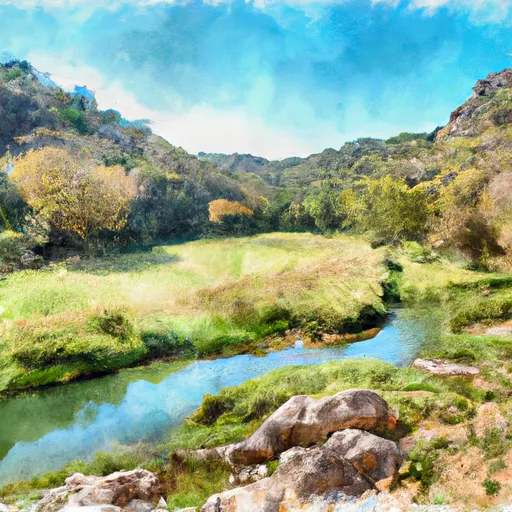°F
°F
mph
Windspeed
%
Humidity











Elmendorf is a small town located in Bexar County, Texas. The climate in Elmendorf is hot and humid, with average temperatures ranging from 60°F in the winter to 95°F in the summer. The region is influenced by the Gulf of Mexico, which can result in occasional heavy rainfall and flooding. The hydrology constituents of Elmendorf include the nearby Calaveras Creek and Mitchell Lake. Outdoor recreation opportunities in Elmendorf include hiking and fishing at Calaveras Lake Park, which is home to largemouth bass, catfish, and hybrid striped bass. The park also offers picnic areas, a playground, and a beach for swimming.
Weather Forecast
Elmendorf receives approximately 748mm of rain per year, with humidity levels near 83% and air temperatures averaging around 21°C. Elmendorf has a plant hardyness factor of 9, meaning plants and agriculture in this region tend to thrive here all year round.
Regional Streamflow Levels
0
Cubic Feet Per Second
12
Cubic Feet Per Second
7
Cubic Feet Per Second
1
Cubic Feet Per Second
Nearby Camping
| Camping Area | Reservations | Toilets | Showers |
|---|---|---|---|
| Canyon Lake Military - Randolph AFB | |||
| Canyon - Canyon Lake | |||
| Tips Park - Three Rivers | |||
| Calliham - Choke Canyon State Park | |||
| Blanco State Park | |||
| Potters Creek - Canyon Lake |



